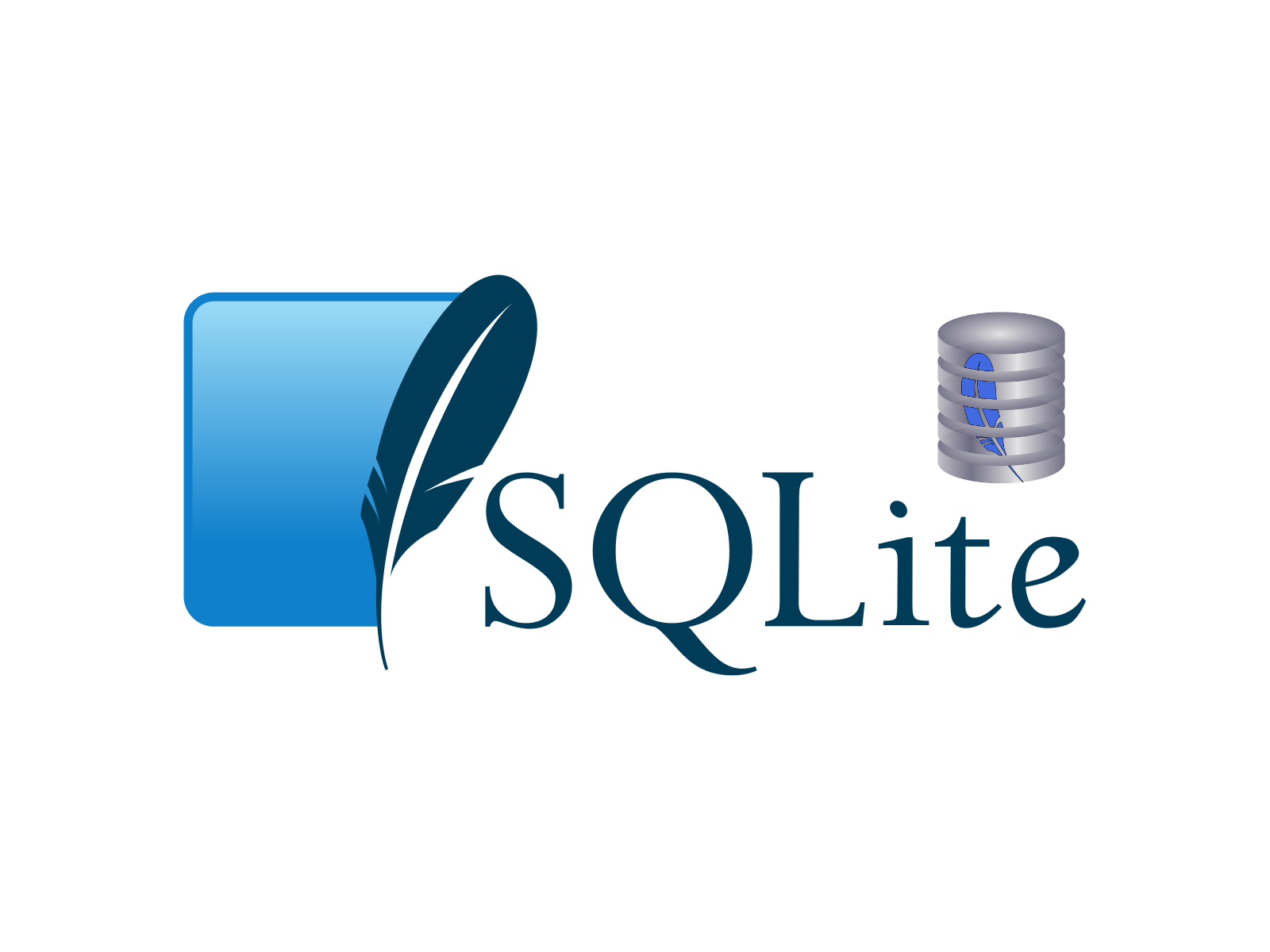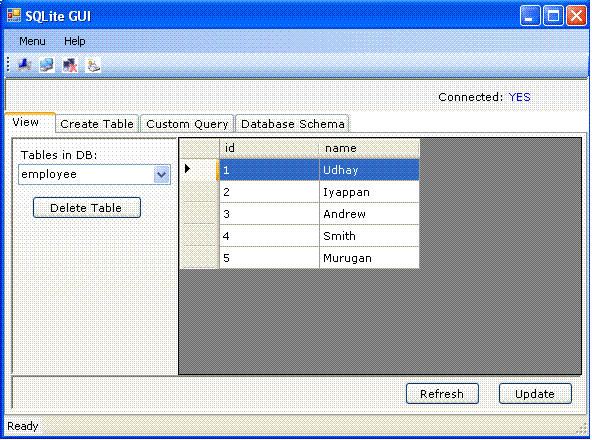
Use primary_key=True to denote columns which will be used as primary keys. Each column in this table is defined as a class variable using SQLAlchemy’s Column(type), where type is a data type (such as Integer, String, DateTime and so on). This example uses a relative path to the SQLite database created earlier. The exact connection string will depend on the version of SQL you are working with.

Then, use create_engine(connection_string) to connect to your database. Uploads._table_.create(bind=engine, checkfirst=True)įirst, import everything you need from SQLAlchemy. Users._table_.create(bind=engine, checkfirst=True)

UploadId = Column(Integer, primary_key=True) UserId = Column(Integer, primary_key=True) from sqlalchemy import *įrom import declarative_baseĮngine = create_engine('sqlite:///demo.db') One is a table of users, and the other is a table of posts uploaded.
Sqlalchemy sqlite how to#
Schemas can be defined in raw SQL, or through the use of SQLAlchemy’s ORM feature.īelow is an example showing how to define a schema of two tables for an imaginary blogging platform. In a new directory, use the terminal to create a new database: $ mkdir sqlalchemy-demo & cd sqlalchemy-demoĪ database schema defines the structure of a database system, in terms of tables, columns, fields, and the relationships between them. If you don’t have it on your system already, you can follow these instructions to get up and running.
Sqlalchemy sqlite mac os#
SQLite is an open-source implementation of SQL that usually comes pre-installed with Linux and Mac OS X.
Sqlalchemy sqlite install#
$ sudo pip install sqlalchemyĪs for SQL itself, there are many different versions available, including MySQL, Postgres, Oracle, and Microsoft SQL Server. You can install SQLAlchemy using the pip package installer. Here, we’ll run through some highlights of SQLAlchemy to discover what it can do and how it can make ETL development a smoother process. SQLAlchemy’s Object Relational Mapper (ORM) and Expression Language functionalities iron out some of the idiosyncrasies apparent between different implementations of SQL by allowing you to associate Python classes and constructs with data tables and expressions. It allows data engineers and developers to define schemas, write queries, and manipulate SQL databases entirely through Python. One such solution is a Python module called SQLAlchemy. Luckily, there are open source solutions that make life much easier. Worse still, an unreliable data pipeline will silently contaminate your database with false data that may not become apparent until damage has been done.Īlthough critically important, ETL development can be a slow and cumbersome process at times. A non-robust pipeline will break easily, leaving gaps. It is important to design efficient, robust, and reliable ETL processes, or “data pipelines.” An inefficient pipeline will make working with data slow and unproductive.

This process is commonly referred to as “Extract-Transform-Load,” or ETL for short. One of the key aspects of any data science workflow is the sourcing, cleaning, and storing of raw data in a form that can be used upstream.


 0 kommentar(er)
0 kommentar(er)
